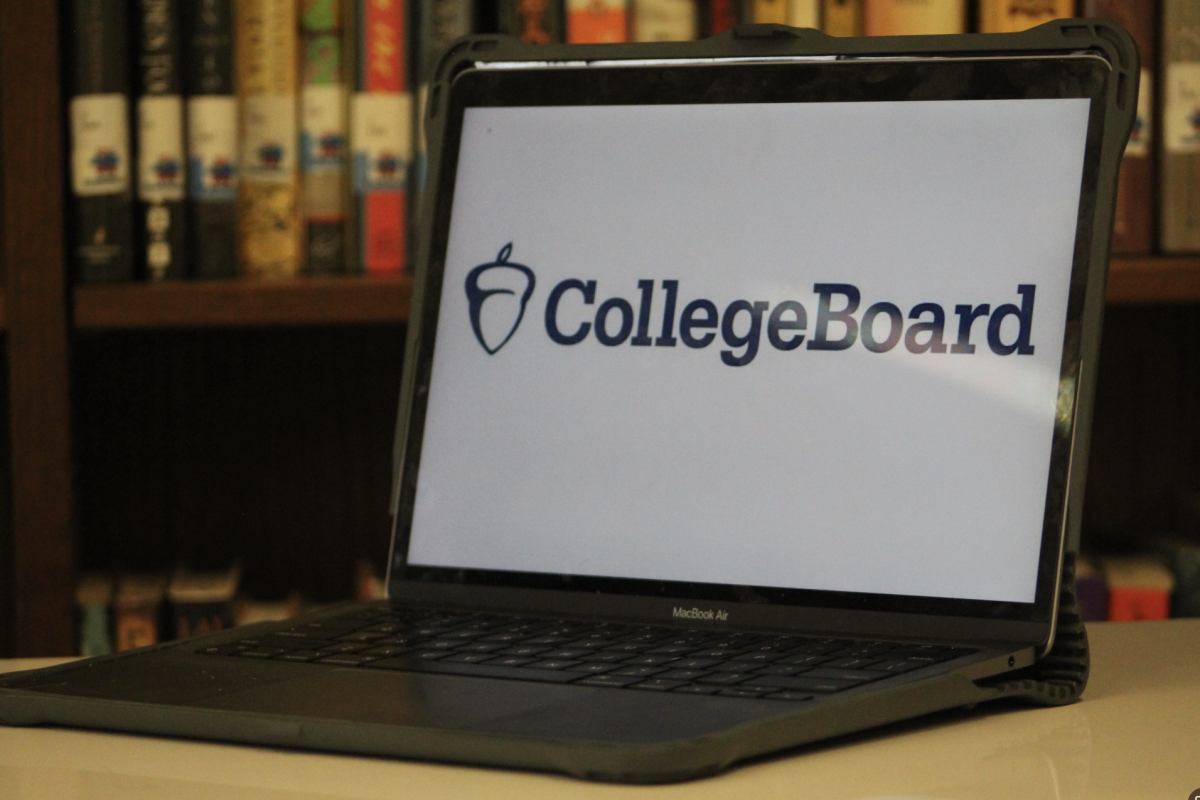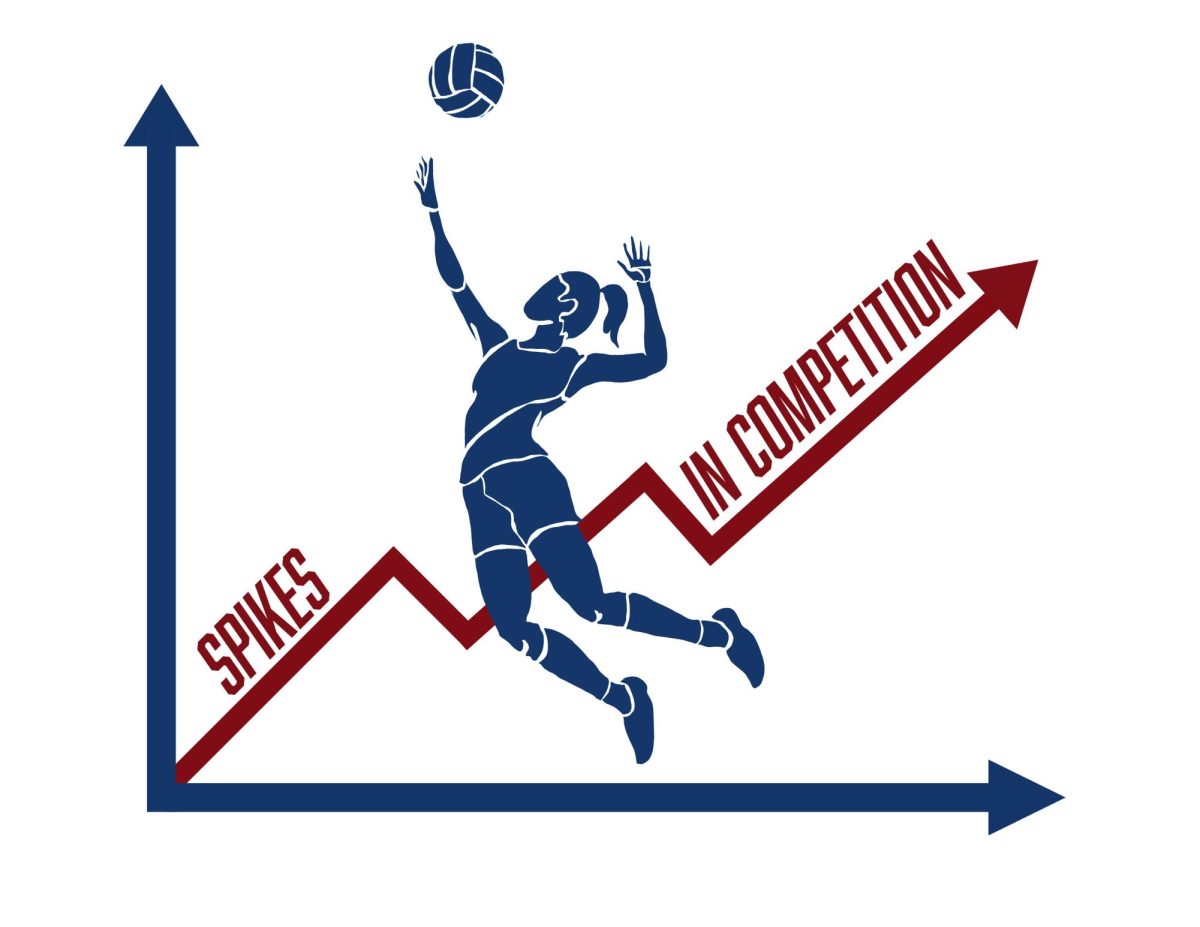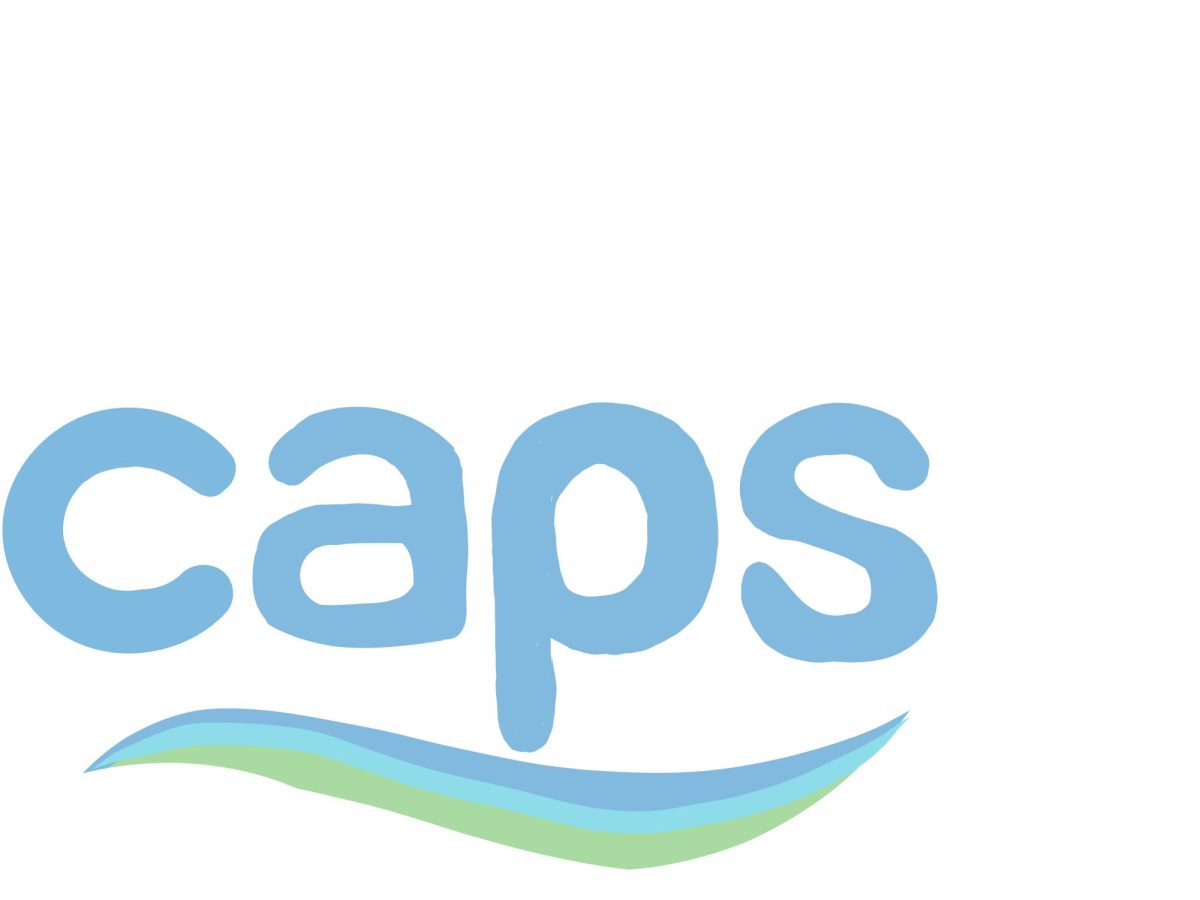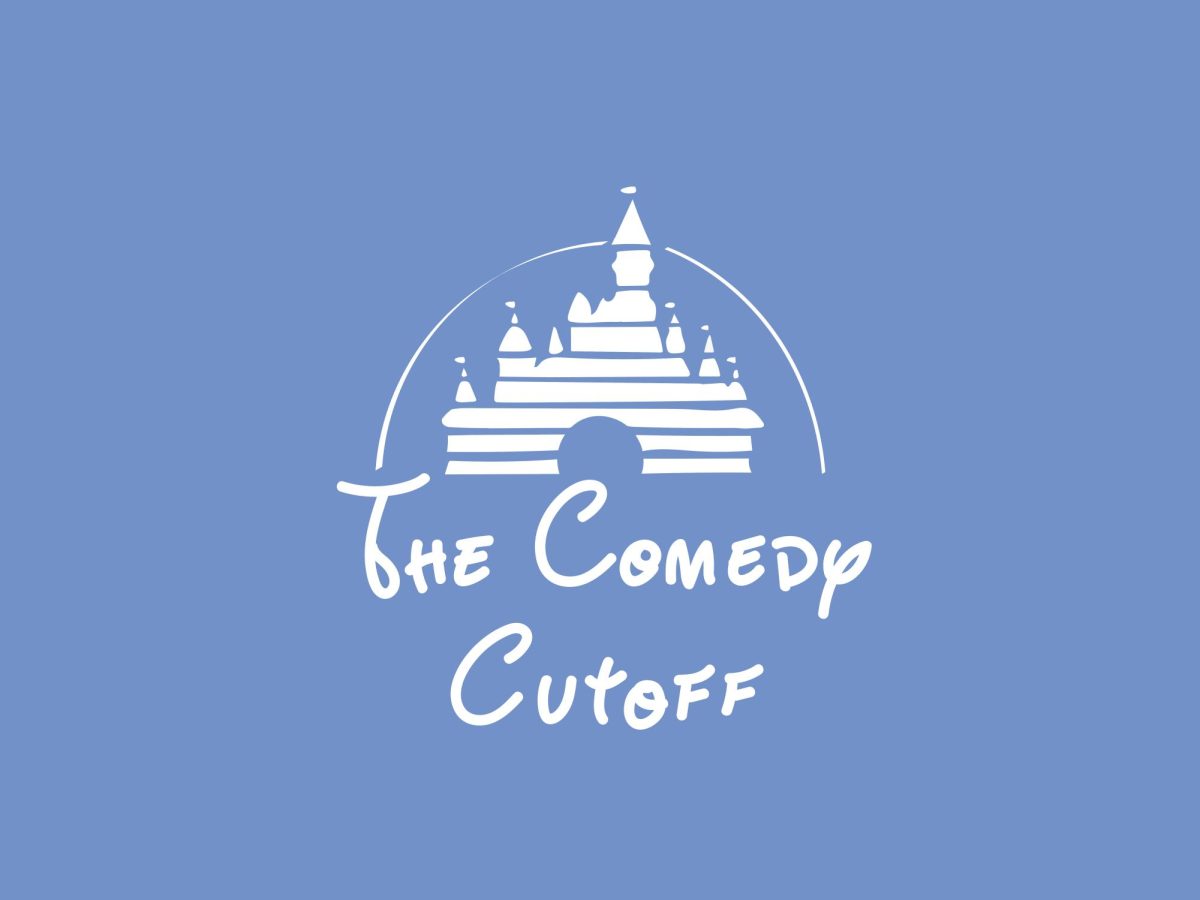The mere mention of standardized testing makes many students think of rigid tutoring, late nights poured into prep books, and the stifling adrenaline of an exam’s frantic final minutes — all summarized by a series of numbers. Students are advised to prepare extensively for these exams, but the anxieties and sacrifices of the testing season beg a review of its rightfully challenged relevance.
Testing student intellect with an exam was first suggested by American lawyer, legislator, and state school board chairman Horace Mann. His objective was to establish “a single standard by which to measure and compare the output of each [academic] institution,” according to the U.S. Department of Education. Mann’s initial model of the standardized exam has endured through College Board’s tests.
Per Mann’s own definition, his vision of a test for all American students was institutional rather than personal, as is College Board’s today. Standardized testing’s intent is not to facilitate young peoples’ academic growth but to simply capture student intelligence. This is done to compare the educational methods of various schools and, of course, to share student performances with colleges. Any benefits to the test-takers themselves are secondary, and the values of colleges who buy their scores are prioritized before students. For this reason, standardized testing is a corporate practice before it is an educational tool at the service of ambitious young adults.
With the tests’ goal to simply measure students’ recall of the College Board’s material, the exams were engineered without young peoples’ potential talents in mind. Though students and colleges alike consider standardized tests indicators of intelligence, the exams make no effort to capture test-takers’ thought processes or originality.
Both of these personal characteristics describe elements of innovative intelligence — the intellect often tasked with no less than the construction of the future. Original thought spurs leadership, and colleges strongly value this quality in selecting applicants during the admissions process. However, the standardized tests they continue to prioritize pay no mind to innovative student talent, simply testing the ability to memorize class information.
It’s no secret that most colleges have embraced test-optional admissions policies in recent years. As of late 2023, only about 20% of American universities required students to submit standardized test scores with their applications, according to the National Education Association. In addition, numerous colleges have stated that they prioritize students’ essays and leadership positions over standardized tests.
However, standardized tests remain a prevalent means of acceptance or elimination for admissions officers. After review of applicants’ transcripts, resumes, and essays, officers are quick to evaluate standardized testing scores. An outstanding application — one perhaps even complete with an artistic portfolio — is far less likely to be accepted in comparison to an equally outstanding application with exemplary test results attached.
Of course, this reliance on test results somewhat undermines colleges’ claim to look for innovation and leadership first. While the majority of universities search for these qualities, they also prioritize exam scores, which only adds to students’ anxiety as they try to create an academic identity that colleges will want to see. Instead of remaining true to their passions and continuing to grow them, students worry about what academic capabilities they lack, trying to present colleges with a revision of themselves that is “good enough.” If anything, this redirection of value only interrupts the process of self-discovery, which many universities claim is a journey essential to the development of college-ready character.
Though a traditional college-entry touchstone, standardized testing minimizes the pursuit of talents and personal meaning in young people’s lives. The practice caters to the capture of student recall instead of originality, shafting creative thought processes for simple corporate comparison that many colleges continue to support. Caught in the crossfire, young people find themselves divided between the perfect applicant identity and their passionate originality, wondering which variation of themselves the world will value most.
















